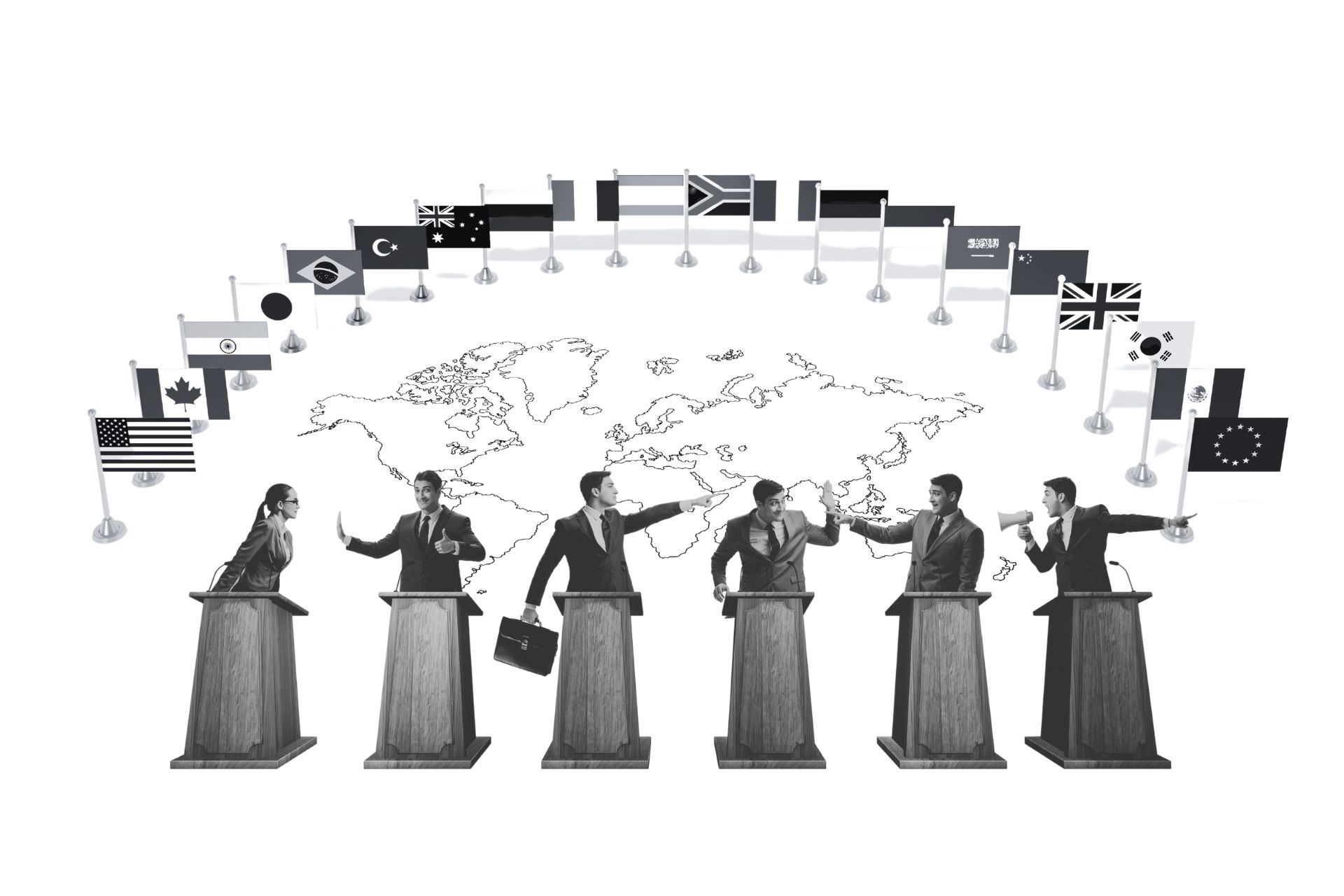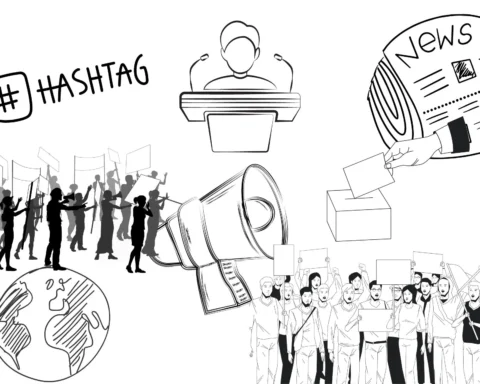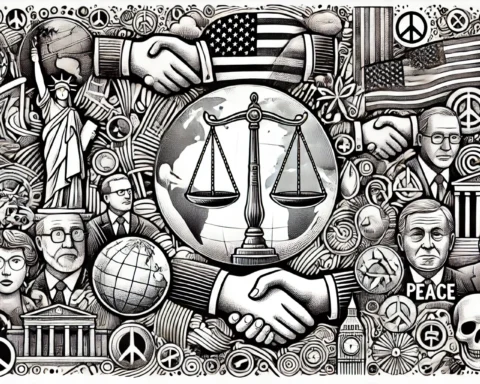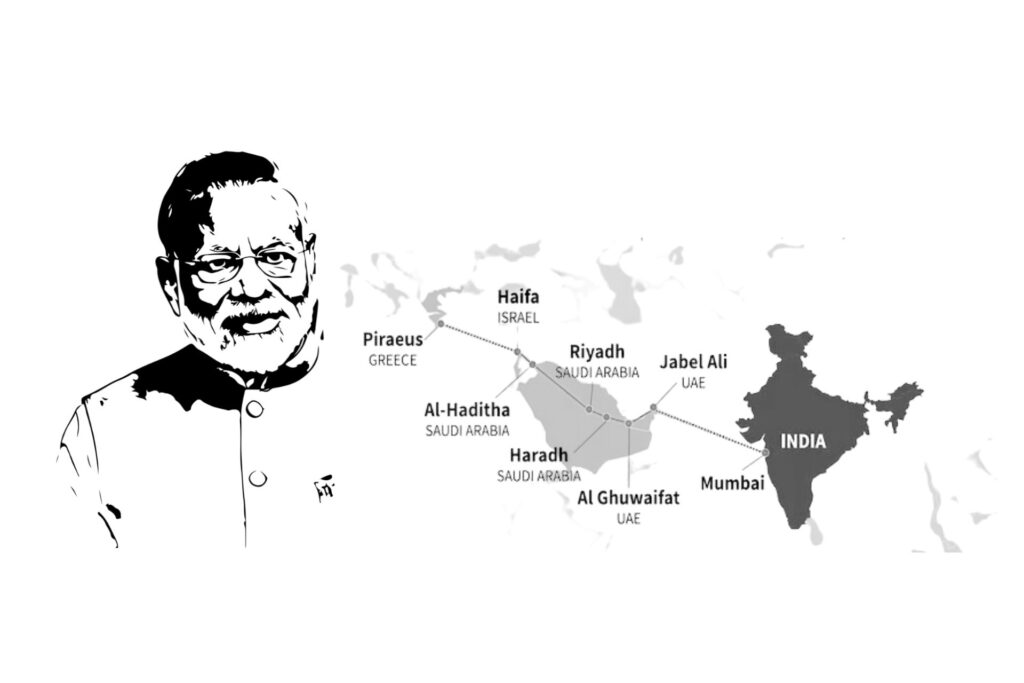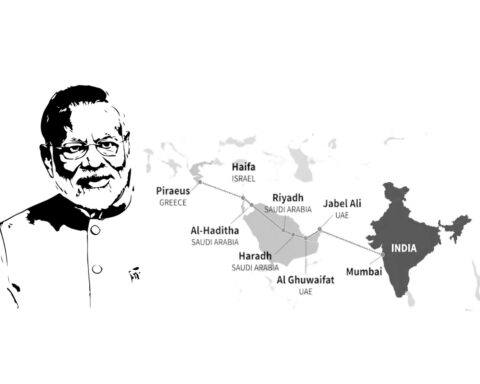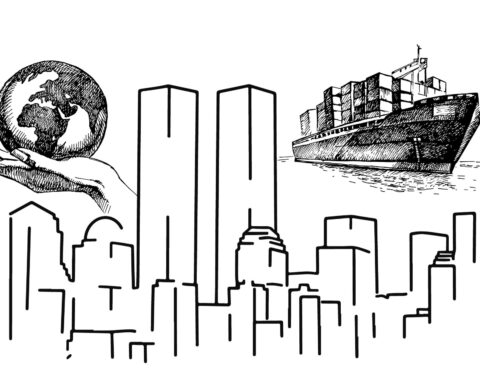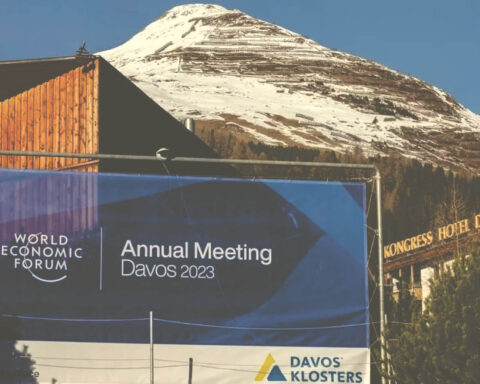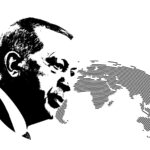In a world characterized by rapid globalization and dynamic geopolitical shifts, the traditional delineation of blocs led by superpowers has given way to a more complex and intertwined landscape. The days of a clear-cut Western bloc led by the United States and an Eastern bloc led by Russia are fading into history. Instead, we find ourselves in an era where countries are increasingly forging their own alliances, pursuing their unique interests, and engaging in proxy conflicts to secure their positions on the global stage.
One of the most striking developments in this evolving world order is the decline of America’s status as the sole superpower and world leader. This shift is exemplified by the United States’ waning influence in various global events. The emergence of other influential players, particularly China, has disrupted the traditional power dynamics.
China’s rise to prominence is reflected not only in its efforts to increase dominance in world trade but also in its strategic positioning in global conflicts. A notable instance is China’s decision not to unequivocally side with the Western bloc in the Russia-Ukraine war. This calculated move underlines China’s desire to maintain a balanced approach and not be dragged into confrontations that do not align with its interests.
In this multi-faceted geopolitical landscape, we witness the emergence of various commercial, political, and military formations. These include agreements such as the Regional Comprehensive Economic Partnership (RCEP), the Australia-UK-US (AUKUS) alliance, the Global Gateway initiative, the Belt and Road initiative, the Shanghai Cooperation Organization (SCO), the BRICS group and so forth. These formations reflect the desire of nations to diversify their partnerships, enhance their security, and safeguard their interests in a world that no longer adheres to rigid blocs.
Surprising alliances have also emerged, challenging historical norms. The meeting between Saudi Arabia and Israel, mediated by China, signifies a shift in Middle Eastern geopolitics. Israel’s rapprochement with Azerbaijan against Iran and Iran’s support for Armenia against Azerbaijan demonstrate how regional powers are jockeying for influence through indirect means. Armenia’s move away from Russia towards closer ties with the West further underscores the fluid nature of these alliances.
Perhaps one of the most remarkable shifts is Israel’s improving relations with Arab countries. The Abraham Accords paved the way for Israel to establish diplomatic ties with several Arab nations, marking a significant departure from the region’s historical enmities.
We should also consider the Iranian-backed Hamas attack on Israel last weekend in this context. These proxy conflicts serve as tools for regional powers to assert their influence and leverage their interests.
Beyond the Middle East, Central Asian Turkish Republics are moving away from Russia and getting closer to European countries, notably Germany. This realignment reflects the desire of these nations to diversify their partners and reduce their dependence on a single dominant force.
Amidst these shifting sands of global geopolitics, the United States aims to attract India to its side through initiatives like the India-Middle East-Europe (IMEC) agreement. This move emphasizes the importance of maintaining relations with all parties and pursuing a balanced foreign policy, recognizing the multipolar nature of the contemporary world order.
In conclusion, the world is witnessing a remarkable transformation in the composition of blocs and alliances. The era of rigid, monolithic blocs led by superpowers has given way to a dynamic landscape where nations, both large and small, pursue their own interests, make strategic alliances, and engage in proxy conflicts. This era of porous blocs underscores the importance of adaptability, pragmatism, and the ability to navigate the complexities of a rapidly changing global order. In this evolving world, countries are embracing the need for agility and balance, as they seek to secure their positions and protect their interests in an increasingly interconnected and uncertain world.

